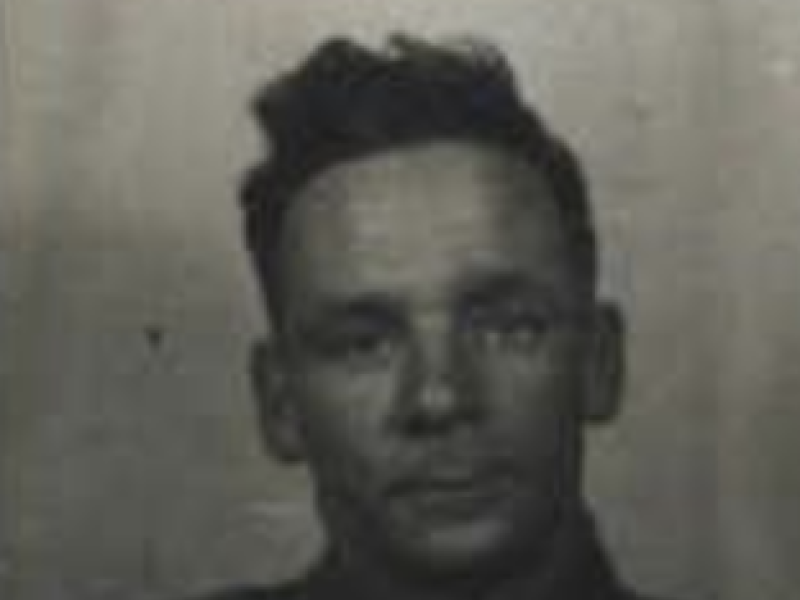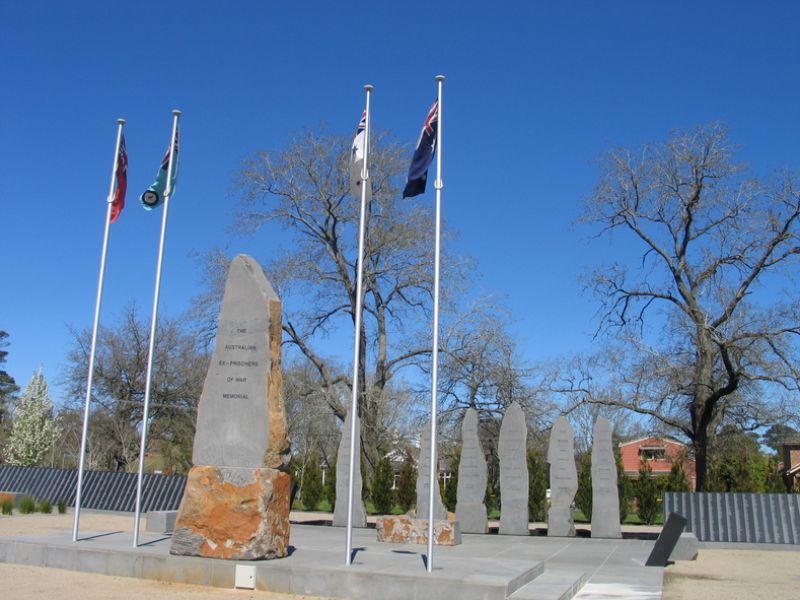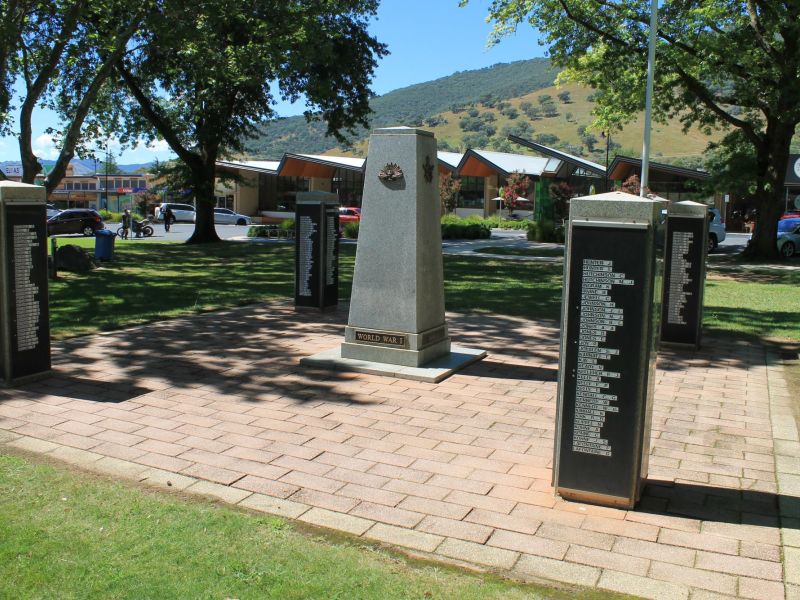Richard William Herring
Richard was born on the 23rd of February, 1903, at Gundagai, New South Wales. He was the second child of Charles and Frances Sarah (née Williams) Herring. Richard would eventually have nine other siblings, although two boys would die young.
Richard’s mother passed away at the relatively young age of 40 in October of 1919. The cause of death is not known, however, she had been a patient in the Wagga District Hospital. Charles was left with nine children between the ages of 18 and less than one. Twins, a boy and a girl, had also been born in 1919. Is it possible that the birth of the twins had been too much for Frances, or was she a victim of the influenza epidemic that was running rampant across the world?
In 1922, at the relatively young age of 19, Richard married Gladys H Aylett at Wagga Wagga. Later that year their first child, a girl, was born. Two years later the couple would have another child, this time a boy. In 1925, Richard’s father, Charles, passed away.
Richard enlisted at Corryong on the 13th of June, 1940. His attestation form contains three interesting pieces of information. First was that he said he was single, rather than married. An addendum on his form made on the 16th of April, 1942, includes the name and address of his wife. A second one, made in July of 1945 lists Gladys’ change of address to 20 Yarra St, North Williamstown in Victoria. The second interesting fact is that he lists his date of birth as the 23rd of February, 1910, instead of 1901. Richard had brought his age down by nine years. Finally, he lists his next of kin as P F Aylett, indicating that this person is his guardian, rather than his father-in-law. Other records, such as Electoral rolls, from the 1930’s do not have Galdys listed. It’s quite possible that there may have been a separation between Richard and Gladys before he enlisted. Richard made out his will to Gladys who, at that time, the 2nd of April, 1941, was living in Hornsby on Sydney’s Upper North Shore.
Richard was allocated the Army Number VX42332 with his unit simply listed as “Artillery”. Over the next six months Richard was transferred on a number of occasions. The units consisted of Number 3 Training Depot AAMC (Australian Army Medical Corps), the 2/22nd Field Brigade, the 4th Field Brigade and the 4th Anti Tank Regiment at Puckapunyal. This last unit was the one in which Richard would remain and fight in Malaysia with.
During late March of the following year, Richard would be admitted to hospital for one week with influenza. On the 25th of April he changed his next of kin from his father-in-law to one of his younger brothers, James. One month later, the 4th Anti Tank Regiment embarked on the Queen Mary at Melbourne. On the 9th of June they disembarked in Singapore. Richard managed to be given two weeks of Singapore leave from the 29th of October to the 2nd of November. A little over five weeks later Australia was at war with Japan.
Members of the 13th Battery of the 2/4th Anti Tank Regiment were responsible for one of the highlights of the Malayan Campaign, when two guns under the command of Lieutenant Bill MCCure, and Sergeants Clarrie Thorton and Charlie Parsons, were responsible for destroying eight Japanese Type 95 Ha-Go tanks. The regiment made their withdrawal to Singapore and set up their two pounder guns along the western side of the causeway.
The last entry in the regiment’s war diary states that 2030 hours on the 15th of February “CEASE FIRE. Regt formed up on TANGLIN Golf Links”. Richard was formally taken prisoner on the 17th of February, 1942. He would become part of the 800 strong Dunlop Force, commanded by Colonel E.E. “Weary” Dunlop, which arrived at Konyu (also referred to as Kanyu, Kannyu, Kanu) Number 3 camp in January of 1943. It was from this camp that the POW’s would work on the infamous Hellfire Pass.
During his time at Konyu 3 Camp, Richard was struck down with cholera. While all efforts were made by the POW’s to keep camps clean and sanitary, the conditions were such that disease and dysentery were rife. Richard would have been taken to an isolation hut to try and slow the spread of the disease, however there was no medication to help patients improve their condition. When a man was struck by cholera his deterioration was very quick. The symptoms were horrific, with the body rejecting all its bodily fluids in violent explosions of vomiting diarrhoea. Within a few hours the patient would have been unregonisable to his mates, with further weight loss adding to his suffering. Richard succumbed to the disease on the 6th of July, 1943. In order to prevent the further spreading of cholera, the body of the deceased was cremated rather than buried.
A little over seven months later, Richard’s remains were exhumed from Konyu No. 3/115 (possibly Konyu 3 camp, grave 115) and reinterred in the Kanburi (Kanchanaburi) Allied War Cemetery, Thailand.
Richard is also remembered on the Australian War Memorial Roll of Honour, the Ballarat Australian Ex-Prisoners of War Memorial, and the Tallangatta RSL War Memorial (where his name is given as R Herrin). For his service, he was awarded the 1939-1945 Star, the Pacific Star, the Defence Medal, the War Medal 1939-1945 and the Australian Service Medal 1939-1945.

 Stephen Learmonth
Stephen Learmonth
